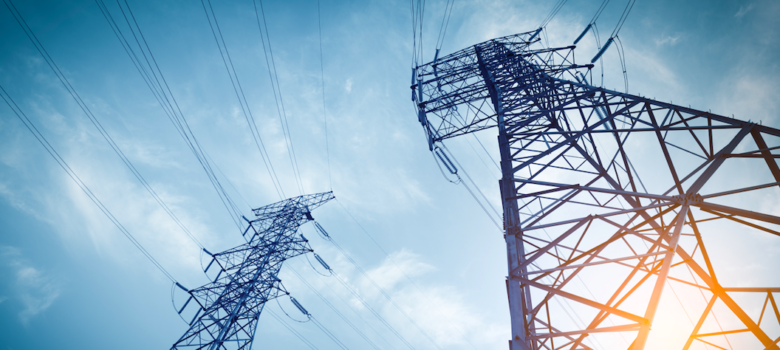
By guest writer Alasdair Woodbridge, Founder and CEO of Heat Genius
There’s an obvious problem with renewable energy: the wind doesn’t blow harder or the Sun shine brighter when you switch your kettle on. As the percentage of green energy increases, it becomes harder for the electrical grid to balance supply with demand. Lots of people are pleased that the large coal fired power stations pumping out plenty of CO2 are closing; however few know how important these enormous generators are in maintaining the stability of our grid. I’m not pro-coal at all but, if it’s a calm, cloudy day then the thousands of kettles simultaneously switching on during an ad break in X-Factor could cause a massive blackout!
Energy storage could change everything
That obvious problem has an obvious solution, of course: batteries. Simply charge them up with green energy when it’s plentiful, and discharge them whenever you need it. It’s a fine solution, used by off-grid homes for years, but it’s also an expensive one. Battery prices might fall once Tesla’s enormous new ‘GigaFactory’ starts churning out Lithium-Ion batteries by the millions – but then again, rising demand for electric vehicles might just gobble them all up.
That’s why there’s currently a whole wave of innovation looking for cheaper ways to store electricity on a large scale. One company drives electric trains full of rocks up a hill, then lets them roll down again to drive a generator. Others have systems that compress air in tanks and later release it through a turbine. We have solutions closer to home here and now which few people know about. Dinorwig Power Station in Snowdonia was one of the UK’s first pump storage stations. Opened in 1984, it can produce 1.6MW of electricity when running at full tilt. It does this by pumping water from a reservoir at the bottom of the mountain to another one high up in the mountain during the night (when electricity is cheap). Then during peak times the water is run down again through 16kM of underground tunnels, generating electricity when we really need it.
Demand-side management
The increasing number of people getting electric cars brings a new challenge for the National Grid. When we get home from work, we already load the grid by taking electric showers, using ovens, boiling kettles and turning up the heat in our increasingly electrically heated homes. Soon we will also be plugging in our electric vehicles to charge too. So, perhaps the most innovative of all are those energy storage systems are those who are using existing infrastructure, so there’s hardly any additional cost. For example, the electric vehicle chargers that also allow motorists to discharge their vehicles to the National Grids. Even simpler, just switching things off during peak periods helps to balance the grid. This type of technology is referred to as “Demand Side Management” (DSM) and Companies like Heat Genius are looking at how they can help create solutions to this problem.
Heat Genius
Our customers use Heat Genius so that they have remote control of their heating, including electric heating such as heat pumps, night storage heaters and hot water tanks. What we’re experimenting with in our DSM trials, is giving the electricity company some very limited control too, so they can rapidly shut down some loads when the grid is under strain, but only when the customer allows this to happen. For example, they might switch off a hot water tank at 6pm for 30 minutes when the grid is struggling to cope in that area. The water temperature will only fall slowly, so the home owner will never be short of any hot water. The electricity company pays the customer for the privilege of this, or offers a discount on their electricity price. What’s neat is that it doesn’t need any additional hardware, so any of our customers can benefit from the incentives the electricity companies offer, just by opting in to such schemes when they become available.
So play it right and your smart home might even make you some cash on the energy market! It will be interesting to see how this develops over the next few years, particularly as the technology moves beyond ‘invisible’ actions such as letting your hot water tank take some of the load, or for your fridge shut off for a few minutes. Would you be happy to let your whole house cool down a little during peak periods? Do you mind if your electric car discharges its battery when the grid needs some juice? Or rather, if everyone has a price, how much would your electricity company need to pay you to make it seem worthwhile?
Think we missed something? Do you have a different opinion?
Comment below to get your voice heard…












No Comments yet! Be the first one.